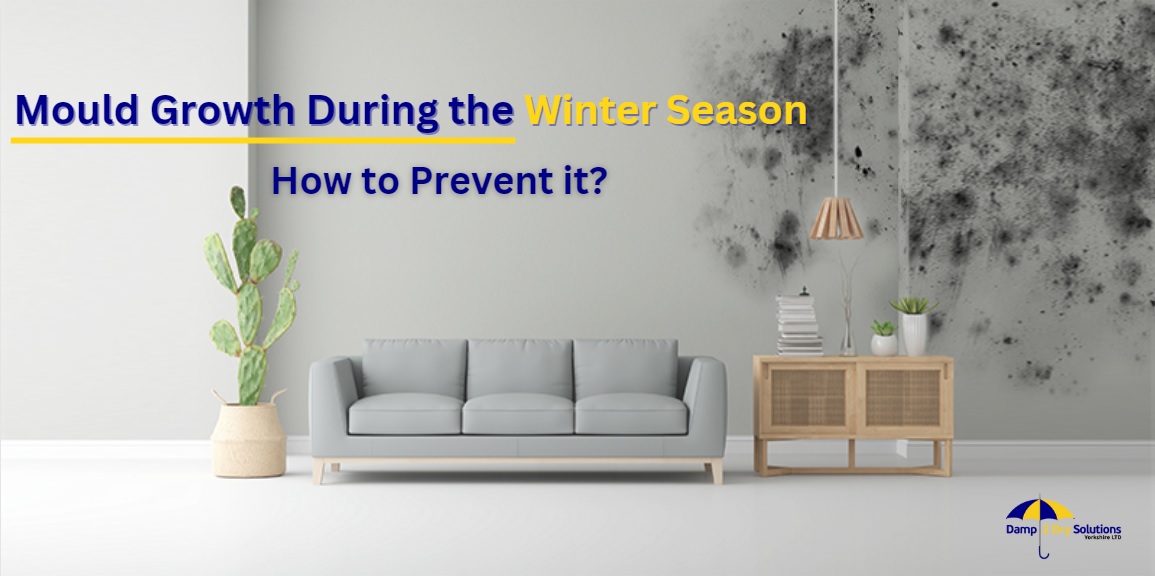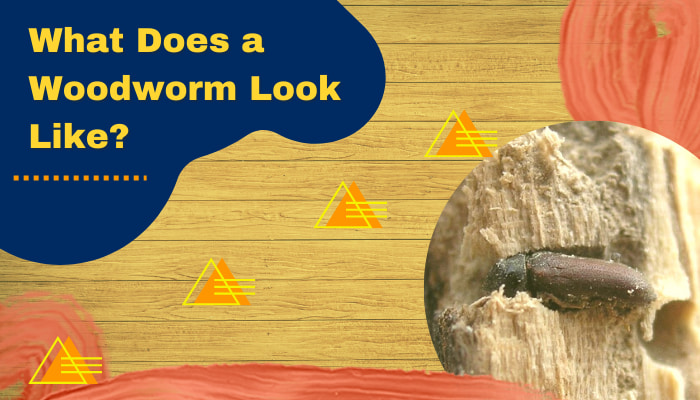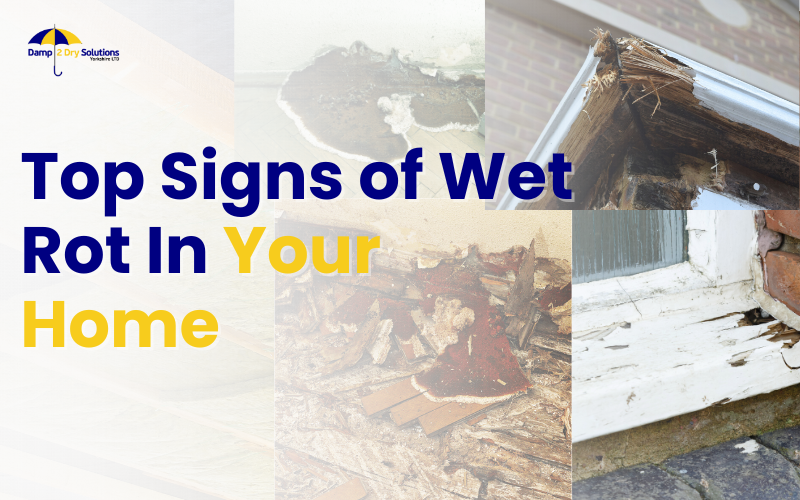I recently considered buying a house in Huddersfield, West Yorkshire. Before making my final decision, I decided to carry out a woodworm survey. The survey revealed the presence of woodworm. What should I do? Is it wise to buy a house with a woodworm issue?
Yes, woodworm can ruin the aesthetic appeal of your house. Woodworm refers to a type of insect that likes to infest wooden windows, doors, furniture, and other wooden materials. They can also decrease the value of your property over time, so if you’ve spotted it early on, you’re quite fortunate.
Woodworm infestations can be a serious concern for homeowners and potential buyers. This article will explore several key aspects of woodworm, including whether you should buy a house with it, the woodworm life cycle, signs of woodworm, causes, and what to do if your property is affected.
It’s advisable to have a woodworm survey done on any property you’re considering purchasing, as it can save you a lot of trouble later on.
If your home survey report reveals woodworm, here’s what you should keep in mind:
But First, What is woodworm?
Woodworm refers to the larval stage of certain insects that bore into wood. When eggs are laid on the wood, they hatch, and the larvae tunnel through, creating holes, pathways, and chambers. Adult insects eventually emerge from these holes to lay more eggs, and the cycle continues. The primary damage to wood is caused by the larvae, as they weaken and destroy it.
Common types of beetles whose larvae are known as woodworms include:
- Common furniture beetle (Anobium punctatum)
- Deathwatch beetle (Xestobium rufovillosum)
- House longhorn beetle (Hylotrupes bajulus)
- Powderpost beetle (Lyctus brunneus)
- Ambrosia beetle
- Bark borer (Ernobius mollis)
- Wharf borer (Nacerdes melanura)
While different species of wood-boring insects may leave different signs and have varying preferences for certain types of wood, having any of them in your property is generally undesirable.
What makes woodworm harmful?
Woodworm can damage wooden structures, furniture, and timber, causing structural instability, widespread infestations, aesthetic damage, and potential health risks due to parasites that may feed on woodworm larvae. This can be particularly detrimental if the infested wood is structural timber.
Does woodworm impact my health?
In general, woodworm itself does not pose a direct threat to human health, nor do their larvae or beetles. However, a severe woodworm infestation can weaken the structural integrity of wooden furniture or buildings, potentially creating dangerous conditions.
Moreover, woodworm infestations can produce wood dust, which may cause respiratory issues, and can harbour parasites that bite humans, causing rashes or swelling.
Woodworm infestation can also signal an underlying damp problem, which can encourage the growth of mould and mildew, posing health risks—especially for individuals with allergies or respiratory conditions.
What causes woodworm?
Wood-boring insects prefer damp environments, so properties that are cold and damp are more likely to have issues with woodworm.
However, woodworm can also be brought into your home via infested furniture or firewood, spreading to other wooden items in your house.
Common signs of woodworm:
It can be tricky to determine if you have a woodworm infestation, as different insects leave slightly different signs. However, you can check for the presence of woodworm in your home by looking for the following:
- Small holes in wood
- Wood shavings or dust (often pellet-shaped)
- Powdery wood residue
How can I tell if woodworm is still active in my house?
It’s not always easy to know if woodworm is currently active, but there are a few indicators to help determine whether you still have an infestation. Look for:
- Fresh holes with sharp edges in wooden furniture, doors, or windows
- Recently fallen dust near these holes
- Fresh, light-coloured wood visible beneath the surface as the wood breaks away
How can I stop woodworm from spreading?
If you’re unsure how to prevent the spread of woodworm, you can try the following steps:
- Remove infested furniture where possible. If this isn’t feasible, paint the affected areas with a high-quality insecticide designed for woodworm treatment, or consider replacing the timber.
- Reduce humidity in your home, as wood-boring insects thrive in damp conditions. Ensuring proper ventilation will help reduce moisture and minimise the chances of further infestations.
- Set up fly traps to capture emerging beetles, breaking their life cycle.
- Finally, consider having a professional damp survey done by an expert.
Can woodworm disappear on its own?
Yes, woodworm can vanish if conditions become unsuitable, such as when there is insufficient moisture. However, it’s not guaranteed that woodworm will disappear on its own, so it’s risky to rely on this alone.
Seeking professional advice is the best course of action, as they can accurately assess the damage and recommend the most effective treatments. You can check our blog for How Long Does Woodworm Treatment Last?
What should I do if a survey detects woodworm in a property I’m interested in buying?
If your property survey reveals woodworm, gather more details before proceeding with the purchase.
Consult an expert to determine the severity of the infestation, what steps need to be taken, and get a cost estimate for the treatment. This can help you negotiate a better price for the property.
Ultimately, the decision is yours, whether to move forward with the purchase or negotiate with the seller based on the findings.
How Damp2Dry Solutions (Yorkshire) Ltd. can help?
At Damp2Dry Solutions (Yorkshire) Ltd, we offer expert woodworm treatment and property surveys to assess the extent of infestations and prevent further damage.
Our team specialises in damp control, ensuring your home remains dry and protected from woodworm and other moisture-related issues.
With years of experience serving Yorkshire, we offer reliable, cost-effective solutions to safeguard your property. Fill out the form to book your survey today!






